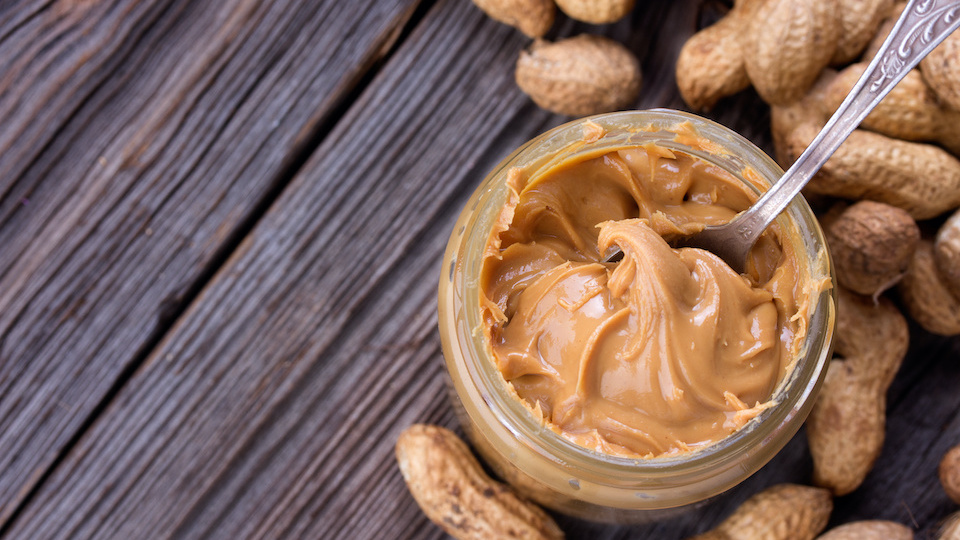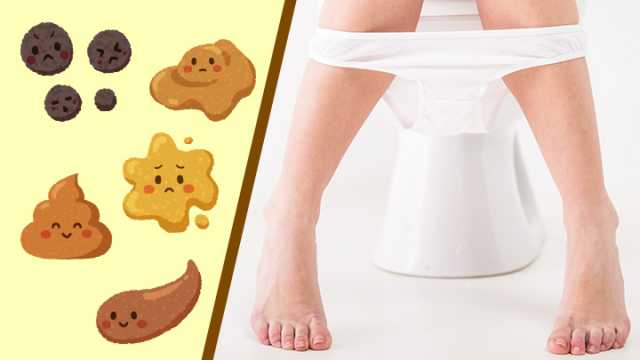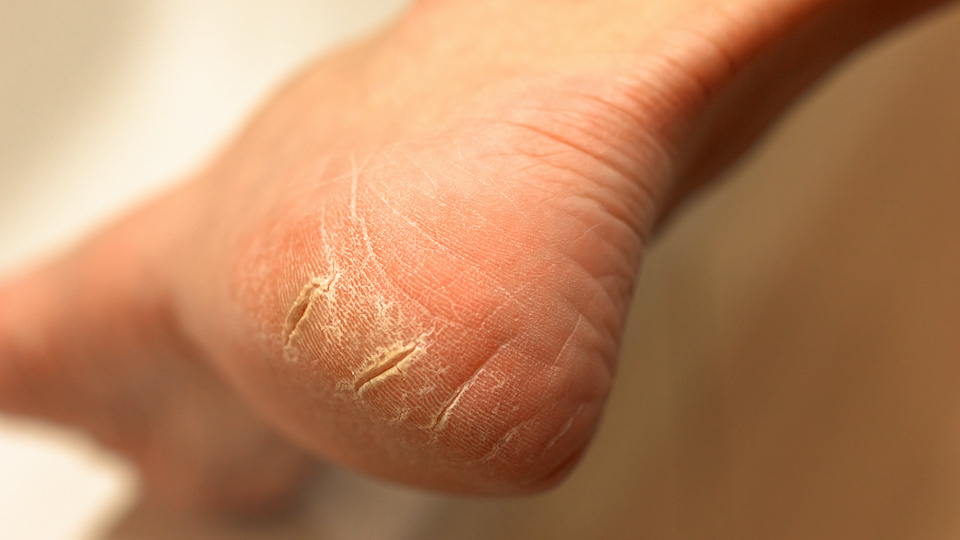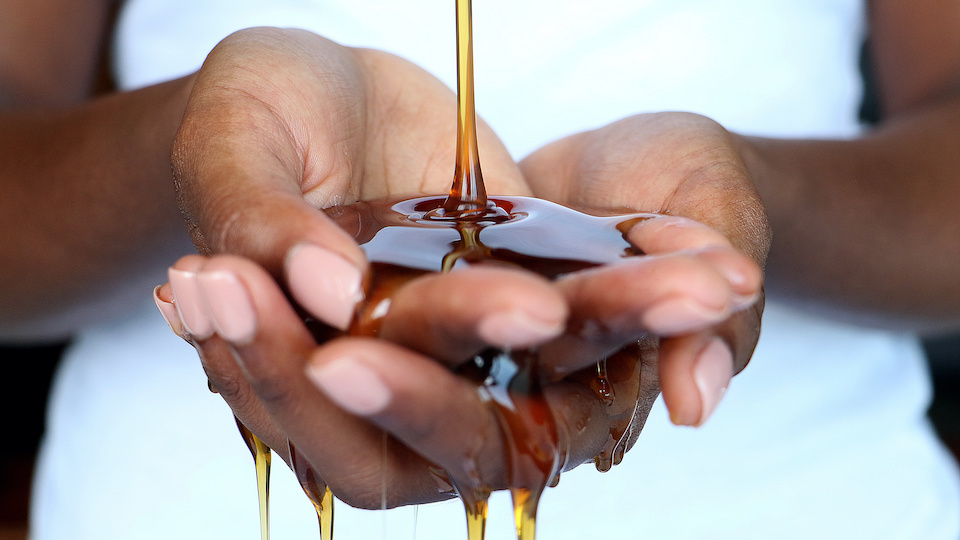In the midst of an episode of severe low back pain, most patients are not thinking about what’s for dinner…. but new research suggests that they probably should.
Low back pain is one of the most common complaints in orthopedics, and it is a massive drain on the global economy. Anyone who has experienced it knows how debilitating it can be. In the throes of a severe back pain episode, people are often entirely laid-up; unable to work, unable to sleep, and unable to move. They’ll do just about anything for relief, and they often look to orthopedists for pain pills, steroid injections, or even surgery.
Getting accurate information about the true underlying causes of low back pain can be surprisingly challenging. X-rays are often misleading and can miss important pathology, and even though an MRI will often reveal an abnormality, it is very difficult to be sure that the abnormality seen on the scan is in fact the cause of the pain. This leaves many patients (and their doctors) frustrated, and can lead to all sorts of inappropriate, ineffective, and sometimes dangerous treatments.
In nearly 20 years of clinical experience with thousands of low back pain patients, I have observed that the vast majority of low back pain can be attributed to one (or more) of the four conditions described below.
1. Connective tissue damage: Connective tissue refers to familiar structures like discs, cartilage, ligaments, tendons, muscles, and even bones. Damage to these structures can occur in the form of an acute injury, as the result of chronic repetitive strain, or can be related to problems with posture or alignment which can affect biomechanics.
2. Inflammation: Inflammation is the natural process by which the body heals and recovers from damage, like the connective tissue damage described above. Inflammation derives its name from the Latin word Inflammo, which refers to fire. Much like the fire from which it derives its name, inflammation is beneficial when it is under control, and can be highly destructive when it is out of control.
3. Muscle tension: In the setting of connective tissue damage and inflammation, it is normal for muscles to tense up in order to protect the damaged area. Muscle tension can act much like a split or a brace to prevent further injury. Unfortunately, muscle tension can also reduce range of motion and decrease blood flow to the injured area.
4. Fibrosis: When muscle tension persists for extended periods, we see the development of thin ribbons of scar tissue within the flesh of the muscle… a process that is known as fibrosis. When a muscle becomes fibrotic, the red tender flesh of the muscle gets replaced with a tough and gristly tissue that compromises function and increases the risk of further damage and pain.
Addressing all of these four bullet points has been instrumental to my success in helping patients recover from low back pain. I am delighted that that some new and exciting research has recently added a fifth element to my list:
5. Microcirculation: This refers to the tiny blood vessels that carry blood to and from the connective tissues of the lumbar spine. New MRI research has shown that obstruction of the small blood vessels of the lower back plays a significant role in causing lower back pain. This is very similar to the well known process of obstruction of vessels in the heart that that cause heart attacks. We can now begin to think of low back pain as a “back attack.”
When there’s a low blood supply to an area, the end result is pain and loss of function. Dr. Michael Gregor of NutritionFacts.org explains, “atherosclerotic plaque clogging the arteries feeding our spine may lead to low back pain, disc degeneration, and sciatic nerve irritation.”
Commenting on this new research, Dr. Gregor adds: “This compromised blood flow may also damage the nerve roots that come off the spine, causing sciatica. Sciatica is back pain that radiates down the legs, causing additional pain, numbness or weakness, and prolonged disability and may affect as many as 1 in 20 people… Reduced blood flow also hampers the removal of waste products, such as lactic acid, which can in turn irritate the nerve endings, causing pain and deterioration.”
So, what is his new low back pain treatment? The answer is simple: It’s food. The same treatments that improve blood flow dynamics in heart disease can help with lower back pain. Improving blood flow starts with a plant-based, anti-inflammatory diet. While it has long been known that this type of diet is great for your heart, it is now an absolutely legitimate treatment for lower back pain, as well.
– Dr. Joshua Levitt









